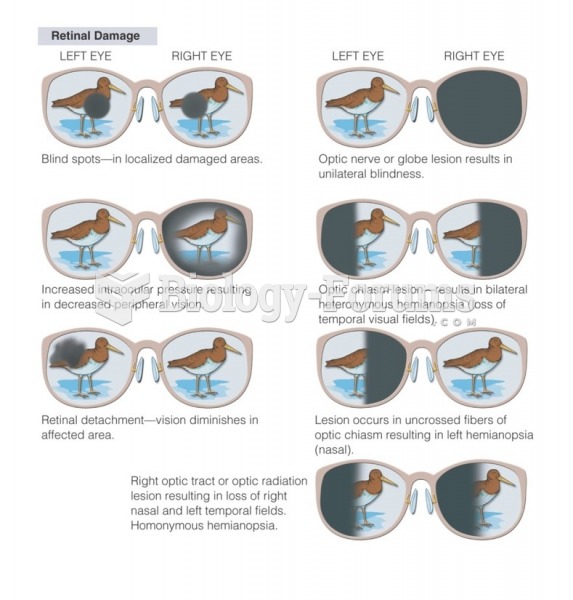Answer to Question 1
Correct Answer: 3
Rationale 1: Tetrahydrozoline (Tyzine) activates the alpha-1 adrenergic receptors on the radial muscle and contracts the radial muscle, causing pupillary dilation.
Rationale 2: Because of alpha-1 receptor activation, tetrahydrozoline (Tyzine) causes vasoconstriction of the vessels in the eye. There is no absorption of fluid in the conjunctival sac.
Rationale 3: Because of alpha-1 receptor activation, tetrahydrozoline (Tyzine) causes vasoconstriction of the vessels in the eye, reducing the conjunctival congestion and redness.
Rationale 4: Tetrahydrozoline (Tyzine) activates the alpha-1 adrenergic receptors on the radial muscle of the iris and causes contraction of the radial muscle, leading to pupillary dilation.
Global Rationale: Because of alpha-1 receptor activation, tetrahydrozoline (Tyzine) causes vasoconstriction of the vessels in the eye, reducing the conjunctival congestion and redness. This medication will also cause papillary dilation, not constriction. There is no absorption of fluid in the conjunctival sac.
Answer to Question 2
Correct Answer: 4
Rationale 1: Doubling the dosage of albuterol can lead to toxic drug effects.
Rationale 2: The oral route results in delayed onset of action; hence, albuterol should not be used to terminate an asthma attack in progress.
Rationale 3: Albuterol should not be taken every 5 minutes, because it can produce toxicity.
Rationale 4: Albuterol can be used for prophylaxis of exercise-induced bronchospasm by administering it 15 minutes before exercise.
Global Rationale: Albuterol can be used for prophylaxis of exercise-induced bronchospasm by administering it 15 minutes before exercise. Doubling the dosage of albuterol can lead to toxic drug effects. The oral route results in delayed onset of action; hence, albuterol should not be used to terminate an asthma attack in progress. Albuterol should not be taken every 5 minutes, because it can produce toxicity.







